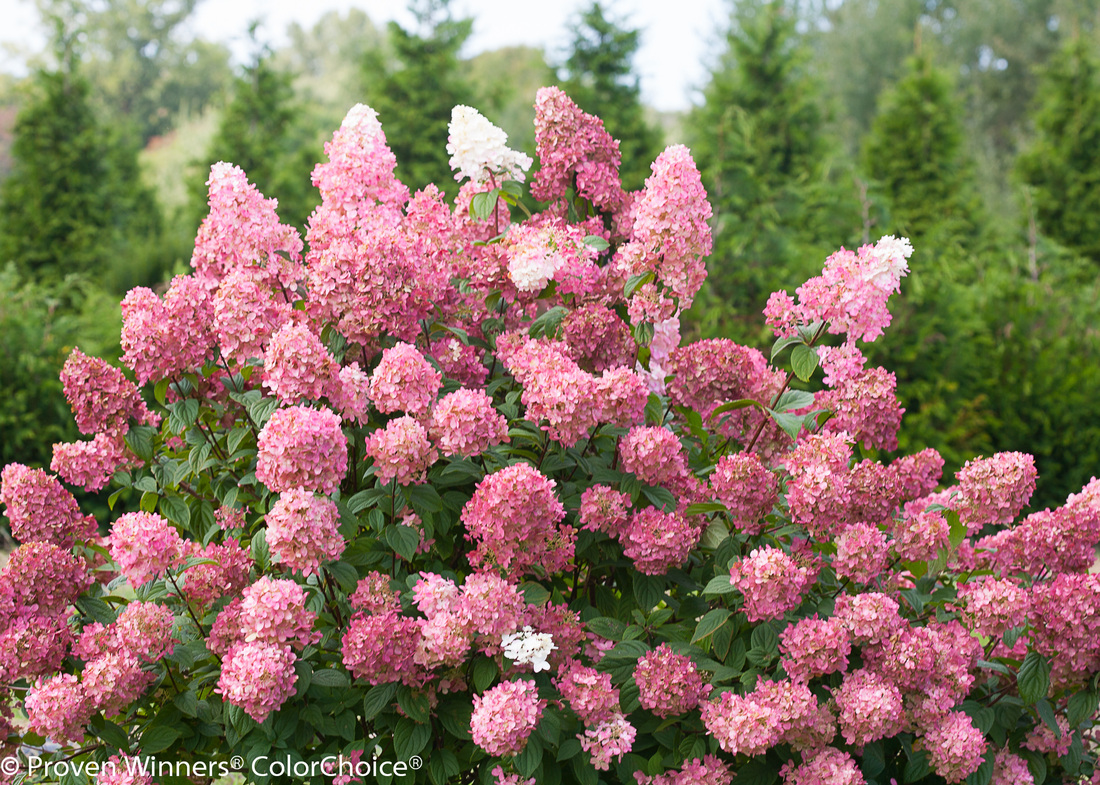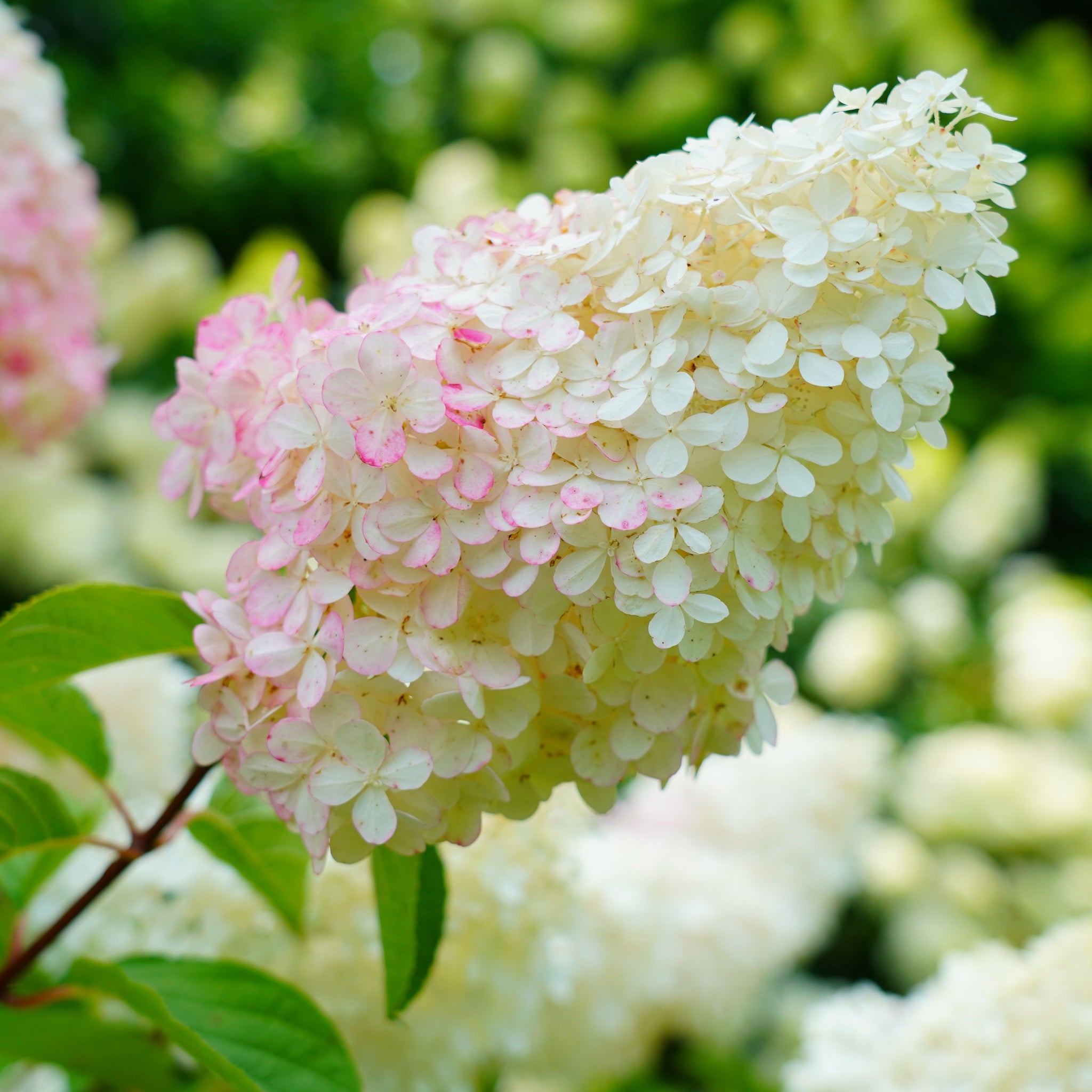Paniculata Pink Lady: The Showstopping Shrub That Will Bloom All Summer Long
Paniculata Pink Lady: The Showstopping Shrub That Will Bloom All Summer Long
If you're looking for a showstopping shrub that will bloom all summer long, look no further than Paniculata Pink Lady. This versatile shrub is perfect for adding a touch of color to any garden, and it's relatively low-maintenance to boot.
In this blog post, we'll take a closer look at Paniculata Pink Lady, including its appearance, growing conditions, and care requirements. We'll also share some tips on how to get the most out of this beautiful shrub.
Appearance
Paniculata Pink Lady is a deciduous shrub that typically grows 3-4 feet tall and wide. It has upright, branching stems that are covered in dark green, lance-shaped leaves. In the summer, the shrub produces large, panicles of pink flowers. The flowers are fragrant and attract butterflies and other pollinators.
Growing Conditions
Paniculata Pink Lady is a relatively easy shrub to grow. It prefers full sun but can tolerate partial shade. It is also drought-tolerant once established. The soil should be well-drained and rich in organic matter.
Care Requirements
Paniculata Pink Lady is a low-maintenance shrub. Once established, it only needs to be watered deeply once a week during the summer. It should be fertilized in the spring with a balanced fertilizer.
Pruning
Paniculata Pink Lady can be pruned in the spring or fall. To encourage more blooms, you can prune it back by one-third after it blooms in the summer.
Problems
Paniculata Pink Lady is generally a pest- and disease-free shrub. However, it can be susceptible to powdery mildew, especially in humid climates. If your shrub develops powdery mildew, you can treat it with a fungicide.
Tips
Here are a few tips for getting the most out of Paniculata Pink Lady:
- Plant it in a location that receives full sun.
- Water it deeply once a week during the summer.
- Fertilize it in the spring with a balanced fertilizer.
- Prune it in the spring or fall.
- If your shrub develops powdery mildew, treat it with a fungicide.
Conclusion
Paniculata Pink Lady is a beautiful and versatile shrub that is perfect for adding a touch of color to any garden. It is relatively easy to grow and care for, making it a great choice for even the most novice gardener.
If you're looking for a showstopping shrub that will bloom all summer long, Paniculata Pink Lady is the perfect choice for you.
If you're looking for a beautiful and easy-to-care-for shrub, the paniculata pink lady is a great option. This variety of hydrangea produces large, cone-shaped clusters of pink flowers that bloom from late summer to early fall. The paniculata pink lady is also relatively drought-tolerant and can thrive in a variety of soil conditions.
If you're interested in learning more about the paniculata pink lady, I recommend visiting . This website has a wealth of information about this shrub, including its care requirements, planting instructions, and pest and disease prevention tips. You can also find photos of the paniculata pink lady in bloom, as well as stories from other gardeners who have grown this plant.
FAQ of paniculata pink lady
- What is Paniculata Pink Lady?
Paniculata Pink Lady is a type of garden phlox that is known for its large, pink flowers. It is a hardy perennial that can grow in USDA zones 3-8. Paniculata Pink Lady blooms in mid-summer and can continue to bloom for several weeks. The flowers are fragrant and attract butterflies and other pollinators.
- How do I grow Paniculata Pink Lady?
Paniculata Pink Lady is relatively easy to grow. It prefers full sun and well-drained soil. It should be watered regularly, especially during the hot summer months. Paniculata Pink Lady does not need to be fertilized often. A light application of fertilizer in the spring will help to promote flowering.
- How do I deadhead Paniculata Pink Lady?
Deadheading is the process of removing spent flowers. This will encourage the plant to produce more flowers. To deadhead Paniculata Pink Lady, simply pinch off the spent flowers with your fingers. You can also use a pair of scissors to cut the flowers off at the base of the stem.
- How do I overwinter Paniculata Pink Lady?
In areas with cold winters, Paniculata Pink Lady may need to be protected from the cold. To overwinter Paniculata Pink Lady, you can cut the plant back to about 6 inches tall and mulch around the base of the plant with a few inches of straw or leaves. You may also need to cover the plant with a burlap sack or other protective material.
- What are some common pests and diseases that affect Paniculata Pink Lady?
The most common pests that affect Paniculata Pink Lady are aphids, spider mites, and Japanese beetles. Aphids can be controlled with insecticidal soap or neem oil. Spider mites can be controlled by washing the plant with a strong stream of water or by using an insecticidal miticide. Japanese beetles can be controlled by handpicking them off the plant or by using a pesticide.
Image of paniculata pink lady
- Image 1: A full vase of Paniculata Pink Lady hydrangeas in bloom. The flowers are a light pink color with a darker pink center. The leaves are a dark green color.

- Image 2: A close-up of a Paniculata Pink Lady hydrangea flower. The flower is a light pink color with a darker pink center. The petals are slightly curled.

- Image 3: A Paniculata Pink Lady hydrangea bush in bloom. The bush is full of light pink flowers. The leaves are a dark green color.

- Image 4: A Paniculata Pink Lady hydrangea flower in a vase with other flowers. The hydrangea flower is a light pink color. The other flowers are white, yellow, and blue.

- Image 5: A Paniculata Pink Lady hydrangea flower in a garden. The flower is a light pink color. The leaves are a dark green color. The background of the image is a blue sky and green trees.

Post a Comment for "Paniculata Pink Lady: The Showstopping Shrub That Will Bloom All Summer Long"